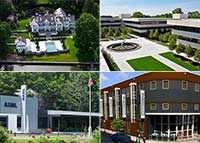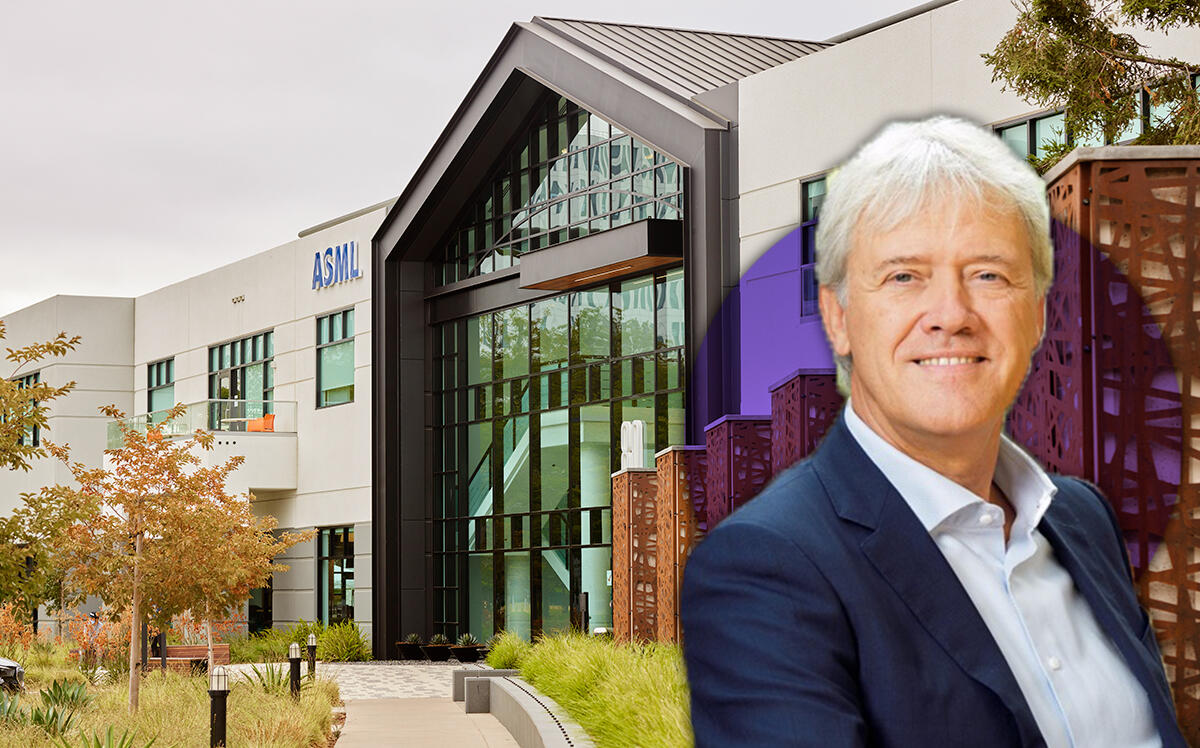Semiconductor equipment maker ASML opened a new research-and-development facility in North San Jose as it plans for a 20% increase in headcount there by next year.
The company has moved into a pair of office and research-and-development buildings at 125 Rio Robles and 80 West Tasman Drive. The two hubs collectively offer 212,573 square feet of space. It’s not immediately clear how much the company is paying to lease the space. Its leases on the Rio Robles and West Tasman Drive buildings each expire in 2030, according to the property records website CompStak.
More than 875 employees work out of the two buildings, but ASML believes it can add to its headcount at the campus in the coming years. The company’s North San Jose team plans to grow 20% next year, according to a news release announcing the opening of its new campus in the area.
At the moment, employees are working under a hybrid arrangement, with an average of half of the workforce in the buildings on any given day due to Covid-19 protocols, ASML corporate spokesperson Brittney Wolff Zatezalo told The Real Deal. The company expects to have a fully occupied campus once Covid is no longer an issue, but employees will still have the option to work from home up to two days per week, Zatezalo said.
In 2019, ASML signed a lease for one of two floors at 80 W. Tasman Drive and all the space within the nearby buildings at 125 Rio Robles and 10 W. Tasman Drive, collectively totaling 265,000 square feet of space. Last year, the company decided to relinquish one floor within the trio of properties and amend its lease so that it would occupy the buildings at 80 W. Tasman Drive and 125 Rio Robles but no longer rent space at 10 W. Tasman Drive, Zatezalo said.
Once ASML realized it needed only four floors of space instead of five, it consolidated into those two properties because they were the closest together within the larger, three-building complex, she said.
The new campus brings ASML together after years of operating across smaller sites. It also allows two of its product groups to work closer together; previously, those teams worked in separate structures four miles from one another.
Read more


